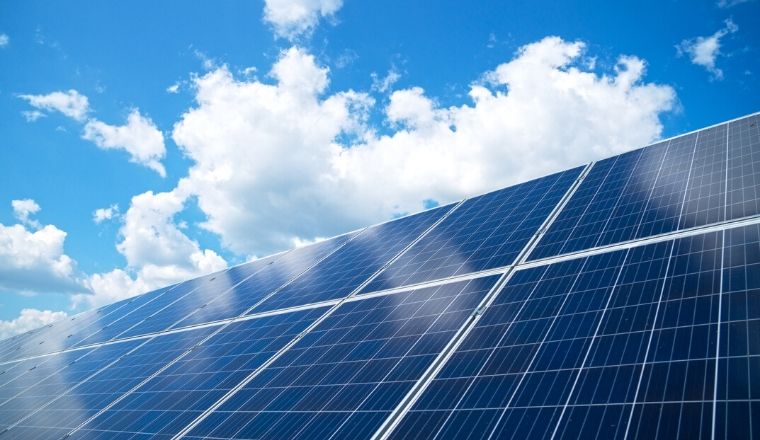Alongside the manufacturing, retail property, education, and agribusiness sectors, Australian health care institutions continue to make the move to solar energy emerging as yet another major player in the commercial and industrial PV arena. Eager to reduce their environmental footprint and cut their energy bills, hospitals are installing solar with or without the help of government funding.
In New South Wales, Hornsby Ku-ring-gai, Fairfield, Canterbury and John Hunter hospitals have received $8.1 million in government funding to install solar panels. The biggest system will be installed at John Hunter Hospital in New Lambton Heights, a suburb of Newcastle, covering 12,000 square meters of roof space and amounting to $3.2 million in investment. Nearly $1.5 million will be spent on the installation of solar panels at Hornsby Ku-ring-gai Hospital.
“Hospitals use a sizeable portion of the state’s total energy consumption, so using our roof space to generate power is a smart way to reduce our dependency on the grid,” said Minister for Health Brad Hazzard. “By making our hospitals more energy-efficient, these solar projects will help bring our costs down, freeing up funds that can be invested back into the health system.”
Port Macquarie Hospital was the first in NSW to have solar panels installed under the government’s initiative. Around $224,000 has been saved on electricity costs since June 2018 with the help of the 609kW solar system. Solar panels are also being installed at Blacktown Hospital and are due to go live next month. They are expected to save $194,000 every year in electricity costs.
In 2018, the NSW Government unveiled another initiative to install batteries on the state’s schools and hospitals. Noting that schools and hospitals account for nearly half the government’s total energy demand, the state administration pledged to spend $20 million to install up to 900 smart batteries and eventually create a 13 MW virtual power plant.
In the neighboring state of Victoria, the Andrews Government has also been supporting solar rollout at hospitals. Launched in 2017, the $13.5 million Regional Health Solar Program is aiming to install 9.1 MW of PV across 75 health facilities and generate more than 11 GWh of renewable energy annually.
Under the program, the size of the systems has varied greatly, from a single-digit number of kilowatts to a massive 759kW installation for Central Gippsland Health Service in Sale, which is the largest hospital PV installation in Australia.
Once the rollout is completed this year, the initiative is expected to reduce carbon emissions by 13,000 tonnes each year and provide $2.7 million in savings on electricity expenditure annually offsetting up to 30% of grid-supplied electricity.
Hospitals are eager to install solar even beyond government funding programs. In Victoria, East Grampians Health Service (EGHS) has recently installed PV at Willaura Healthcare and is looking to launch another solar installation at its Ararat campus. Approximately 400kWs of solar generation is being installed across the two campuses.
Not a beneficiary of the Regional Health Solar Program, EGHC solar rollout is supported by community fundraising, including a significant donation from Ararat residents and health service supporters. It is estimated the solar installation will save the organization $1.65 million, based on current electricity costs, over the 25-year lifetime of the system.
This content is protected by copyright and may not be reused. If you want to cooperate with us and would like to reuse some of our content, please contact: editors@pv-magazine.com.









By submitting this form you agree to pv magazine using your data for the purposes of publishing your comment.
Your personal data will only be disclosed or otherwise transmitted to third parties for the purposes of spam filtering or if this is necessary for technical maintenance of the website. Any other transfer to third parties will not take place unless this is justified on the basis of applicable data protection regulations or if pv magazine is legally obliged to do so.
You may revoke this consent at any time with effect for the future, in which case your personal data will be deleted immediately. Otherwise, your data will be deleted if pv magazine has processed your request or the purpose of data storage is fulfilled.
Further information on data privacy can be found in our Data Protection Policy.